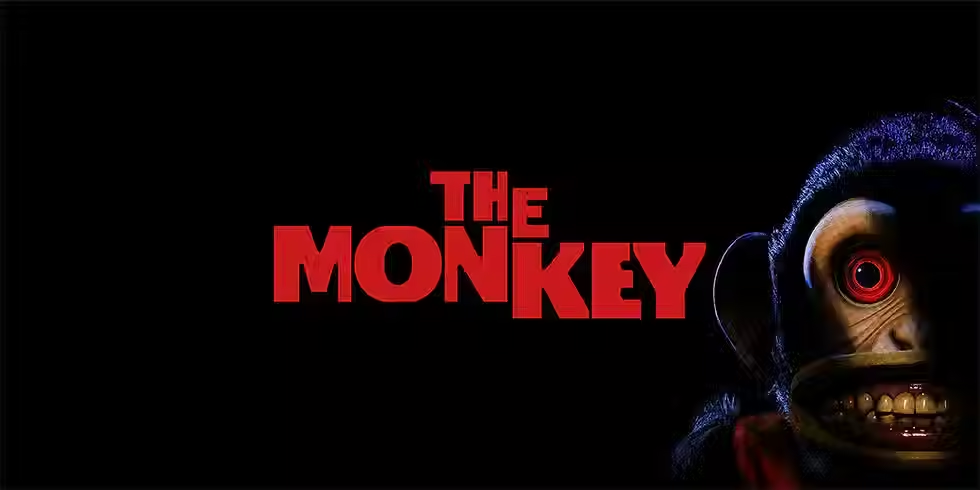Joker 2: Folie à Deux - A Dance with Shadows
- Tavia Millward
- Oct 28, 2024
- 4 min read
We hadn't planned on making it necessarily Harley Quinn, and as we were digging deeper into this love story and this idea of someone who was in love with Joker and maybe not all that gung-ho about Arthur, it one day came to us of going, 'Well, what if we just did our version of Harley?' -Todd Philips, Screen Rant Interview
And he’s right—because in Joker 2, Harley isn’t just a quirky sidekick in hot pants we've seen over and over again. She’s Harleen “Lee” Quinzel, the Joker—the shadow self of Arthur Fleck.

"Joker: Folie à Deux" is not just a sequel—it’s an emotional spectacle that blurs the boundaries between reality, fantasy, and the inner chaos of two broken souls. This movie plays with visual storytelling and structure in ways that challenge expectations, wrapping its narrative in musical numbers, psychological tension, and thematic symbolism. At the heart of this bizarre journey is a complex exploration of Lee as the Joker’s shadow self—a fractured mirror that reflects and deepens the madness.

Harleen “Lee” Quinzel: The Shadow Self of the Joker
In Jungian psychology, the “shadow” embodies the hidden, repressed aspects of the self. For Arthur Fleck (played by Joaquin Phoenix), Harleen “Lee” Quinzel (played by Lady Gaga) emerges as both his lover and his shadow—a darker, liberated version of himself. Arthur’s chaos in the first film was solitary and sad; he danced alone in madness. With Lee, he now shares this insanity, transforming it into something communal a folie à deux, or "madness shared by two."
Lee reflects on the parts of Arthur that he couldn't previously express: wild desire, reckless joy, and a thirst for connection. She isn’t just seduced by Arthur's madness—she embodies it in ways he could never fully articulate alone. Her musical fantasies, where reality dissolves into songs and dances, mirror Arthur’s delusions but amplify them to dangerous heights. In every duet, every shared smile tinged with mania, she embodies the parts of him that craved validation and companionship all along.

A Cinematic Marriage of Musical and Psychological Choas
The musical elements in "Joker: Folie à Deux" don’t merely serve as entertaining detours—they are essential to how the characters communicate their inner lives. Todd Phillips masterfully uses music as escapism and a narrative tool, revealing Arthur and Lee's emotional states. Their musical numbers reflect the struggle between reality and delusion, pulling the audience into the same dreamscape that the characters inhabit.
Take, for example, their rendition of For Once in My Life—a performance that is both beautiful and terrifying. Through this duet, we see not just two people in love but two minds dissolving into each other’s delusions. It’s a moment where the distinction between leader and follower blurs—Arthur no longer stands alone on stage; Lee shares his spotlight and adds her voice to his song of madness.

Symbolism and Thematic Depth
The film’s visual storytelling is loaded with symbolic moments hinting at deeper truths about the characters. Arkham Asylum, a recurring setting, represents not just a physical prison but the limitations society places on those deemed mentally ill. Lee’s eventual embrace of her new identity is framed as both liberation and entrapment—her freedom comes at the cost of her sanity, and she willingly steps into the shadow to be with Arthur.
There’s also an interesting inversion of power dynamics. Lee starts as Arthur’s caretaker in many ways, but as the story unfolds, she becomes an equal—if not the dominant—force in their relationship. Her madness is not just a response to Arthur’s; it is her own. In embodying the shadow, she surpasses Arthur, becoming a figure who is both his muse and his downfall.

A Love Story That Dances in Madness
"Joker: Folie à Deux" offers a daring take on romance—one that rejects the sanitized love stories we’re used to. This is a love built on trauma, obsession, and mutual destruction. It’s raw and unsettling, yet somehow tender. Arthur and Harley’s love story is not about healing but about accepting the darkness within themselves and each other.
Phillips’s direction ensures that every frame feels intentional, every musical sequence reveals a new layer of their madness, and every glance exchanged between Arthur and Harley is loaded with meaning. Their relationship isn’t just another Joker-and-Harley crime spree—it’s a tragic symphony where each act of violence feels like a twisted love letter.

"Joker: Folie à Deux" will undoubtedly divide audiences with its genre-defying approach. Some might find the musical sequences disorienting, while others will appreciate the film’s boldness. But regardless of whether it works for everyone, the film succeeds in offering a fresh take on these iconic characters. Arthur Fleck may be the Joker, but Harleen "Lee" Quinn—his shadow self—takes center stage, leading the dance into deeper, darker territories.
This film isn’t just about madness. It’s about the thrill—and the danger—of finding someone who mirrors your chaos, who reflects the parts of yourself you fear the most. In "Joker: Folie à Deux," love and madness are inseparable, and together, Arthur and Lee waltz into the night, leaving a haunting melody in their wake.
That's all folks!



Comments